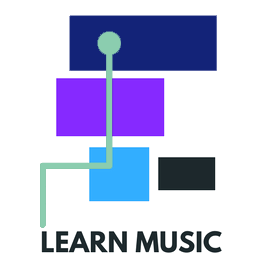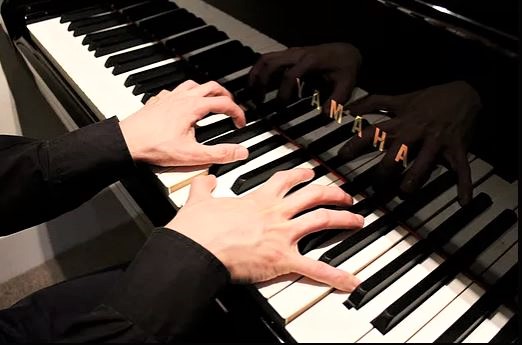Learn Music brings a new topic to the blog. Sight-reading!
Yes, it sounds familiar to you, we know and for us too. Words that means anxiety, frustration for all those starting to learn the ways and benefits, but also joy and the feeling of getting what is well deserved to those who worked hard on it and now they can master it.
Sight-read a piece, or at least learning how to do it properly is not an easy task, however, it will help us a lot in the future and going throughout the pieces we are working on easily and more efficiently.
Well, unless you have a talent on it, it might become a boring task to do and go through when learning how to play the piano or any other instrument. If we think seriously on the meaning of sight-reading, we will come to the terms of the fact that we really need it in order to either become a professional musician or just to pass your coming examinations.
Actually, if we are learning music and to play any instrument, at some point we will need to develop this skill. Most of the musicians do memorize the piece in order to play it properly. However, if we would be able to sight-read properly and efficiently, we could even play the piece by just reading.
Obviously, the latter would imply many other skills to get it done successfully.
There are some students who are very good at sight-reading without even realising. Some students who start learning the piano and it takes them less than any other student to go through the piece. However, for those who don’t have that luck, here we bring an interesting and very helpful article in which the piano teachers at WKMT will explain how it works, how it helps you and overall how to do it properly well.
In this article, just to summarize up, the writer has listed four important steps in the process of sight-reading:
- Identify the key signature of the piece
- Identify the time signature
- Analyse the rhythm patterns of the piece
- Articulations: This step will help you determine the character of the piece
- And Harmony, among other steps, what it defines the playing, texture and sound.
Let’s read the full article clicking here and start learning how to sight-read properly and that way being able to build the fundamental pillars for your piano skills.

